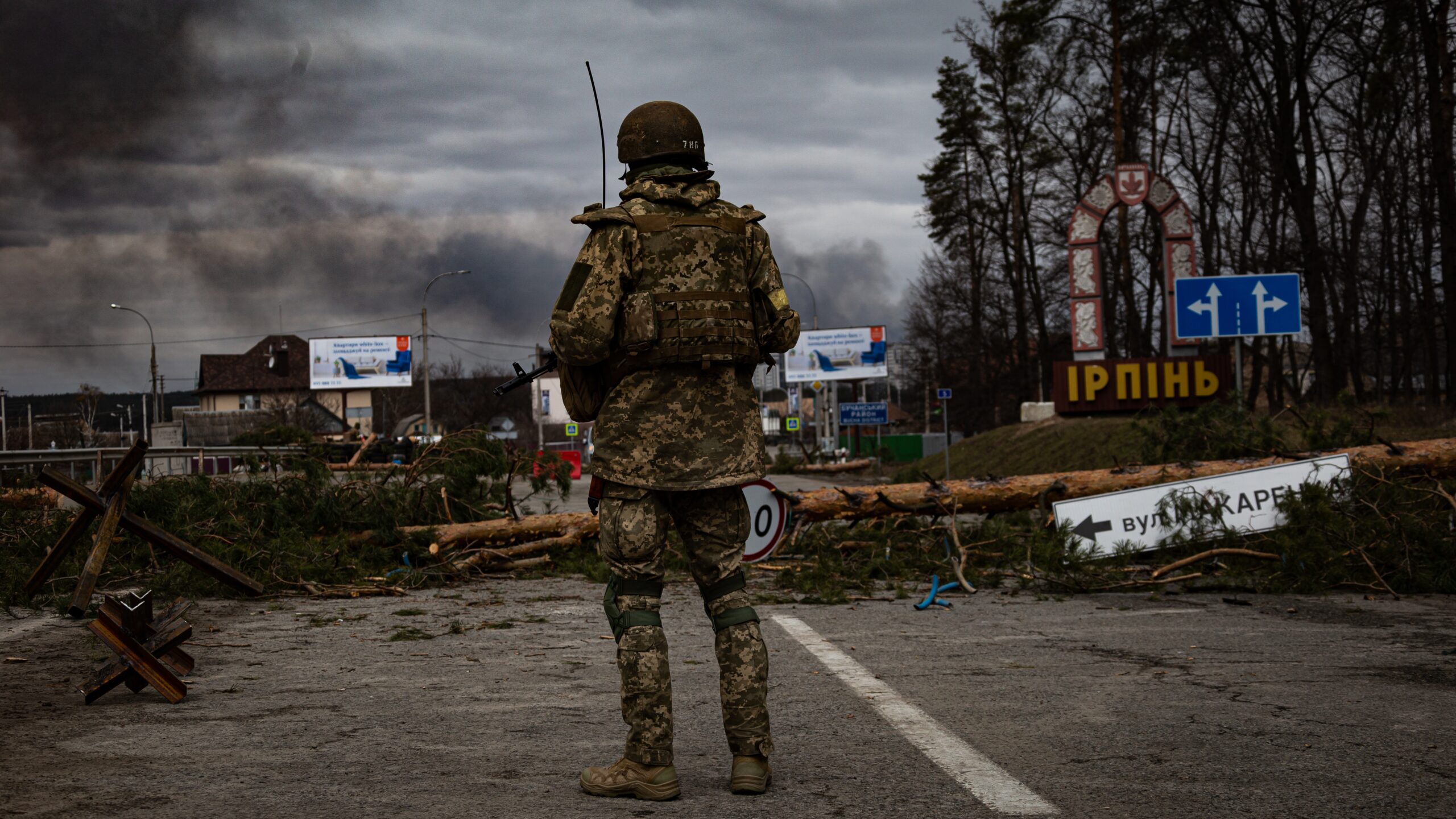The False Promise of Arming Insurgents
As Russia’s brutal invasion of Ukraine continues, it looks increasingly likely that, sooner or later, Russian troops will occupy much or all of Ukraine. Faced with that prospect, U.S. and allied policymakers have no doubt begun to consider what measures can be taken should that come to pass, especially given the likelihood that a determined Ukrainian insurgency will continue to resist Russian occupation. As they study whether and how to support this resistance, including with a steady flow of arms, it is worth remembering that this is not the first time the United States has faced this question: during the Cold War, Washington backed more than more than two dozen insurgencies fighting Soviet-backed governments or Soviet occupation, from Albania in the 1940s to Afghanistan in the 1980s.
The history of these efforts should be studied carefully as policymakers face the prospect of beginning another one in Ukraine. That record should counsel caution for the United States and its allies. In most cases, support brought few gains, heavy costs, and serious unintended consequences, and demanded a much longer and more significant commitment than anticipated at the start.
Hard truths
The United States’ record for covertly arming foreign dissidents is remarkably poor. When members of President Barack Obama’s administration debated covertly arming Syrian opposition forces in 2012 and 2013, for instance, they asked the CIA to conduct an internal assessment of the agency’s record for such operations. The results, in the words of one former senior administration official, were “pretty dour.” As Obama later put it in an interview with The New Yorker, “I actually asked the CIA to analyze examples of America financing and supplying arms to an insurgency in a country that actually worked out well. And they couldn’t come up with much.”
That should have come as no surprise: out of 35 U.S. attempts to covertly arm foreign dissidents during the Cold War, only four succeeded in bringing U.S. allies to power. Notably, an early U.S. operation to support Ukrainian nationalists in their bid to secede from the Soviet Union during the early Cold War was a failure. The U.S.-backed Ukrainian partisans were simply no match for Soviet intelligence, which easily infiltrated and then brutally suppressed the movement. Indeed, the operation ended so disastrously for the U.S.-backed partisans that a declassified CIA history later concluded, “In the long run, the Agency’s effort to penetrate the Iron Curtain using Ukrainian agents was ill-fated and tragic.”
Read the full article in Foreign Affairs.
